Key Insight: Shadows Tell a Story Too
We talk a lot about light on this blog. I even went as far to say that light is the most important fundamental of photography in the post, What is the Best Way to Learn Photography as a Beginner?
We concluded that light was more important than composition and camera settings.
But have you ever grabbed the camera and went out in search of shadows?
I’m talking the kind of shadows in photography that are the subject. Shadows that stretch, distort, hide, and conceal the truth. Shadows that speak and reveal entirely new stories.
I mean, sure, light is photography, but every force has an opposite right?
It’s good vs evil or in this case.
It’s light vs shadow.
“The eye is always caught by light, but shadows have more to say” — Gregory Maguire Share on XWhy Shadows Will Instantly Improve Your Photography
Have you ever felt like your photos are sort of boring?
I know I have.
I would look at them and think, yeah, they are OK but at the same time, they feel kind of boring.
There’s no mood, drama or mystery.
Why? Because the light is flat. There’s no shadows!
Shadows bring depth.
Shadows bring emotion.
And Shadows bring intrigue.
It doesn’t matter what type of photography you shoot. Street, portrait, abstract, or whatever you’re doing, mastering shadows can feel like finding a new awesome ingredient in your kitchen.
The best part. You don’t need any fancy expensive gear. Shadows are free, as long as you’re willing to look at light differently.
This Blog Runs on Coffee, Photos, and Your Support
I mint select images as NFTs and list the gear I use. Collecting or shopping through my links is like buying the blog a coffee. ☕ 🧡
Fan Ho: A Master of Shadow Play
One photographer who truly understood shadows was Fan Ho.
His image Approaching Shadow is a perfect example of how shadows are more than just an absence of light.
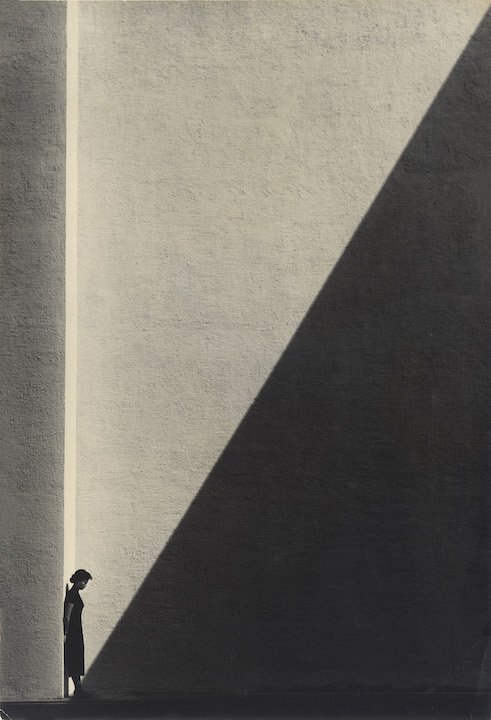
In fact, shadows can be the entire story. In this case the approaching shadow represents the inescapable passage of time, a reminder that youth is temporary.
Fan Ho used shadows to create mood, mystery, and emotion. Often, the shadows were just as important as the subject.
His compositions played with contrast, leading lines, and negative space, turning everyday scenes into something filled with intrigue.
Instead of just capturing what was visible, he used shadows to suggest, hint, and leave things unsaid.
That’s the power of shadow in photography. It makes people stop and look closer, think deeper, and feel more.
Today’s Masters of Shadows
Fan Ho used shadows to shape emotion, guide the viewer’s eye, and tell the story he was after.
But he’s not the only one who understands the power of shadows.
Many Photographers today are in search of shadows as well. For me, one friend specifically comes to mind.
Masis Usenmez, a photographer whose work definitely embraces shadows in a way that feels both timeless and new.
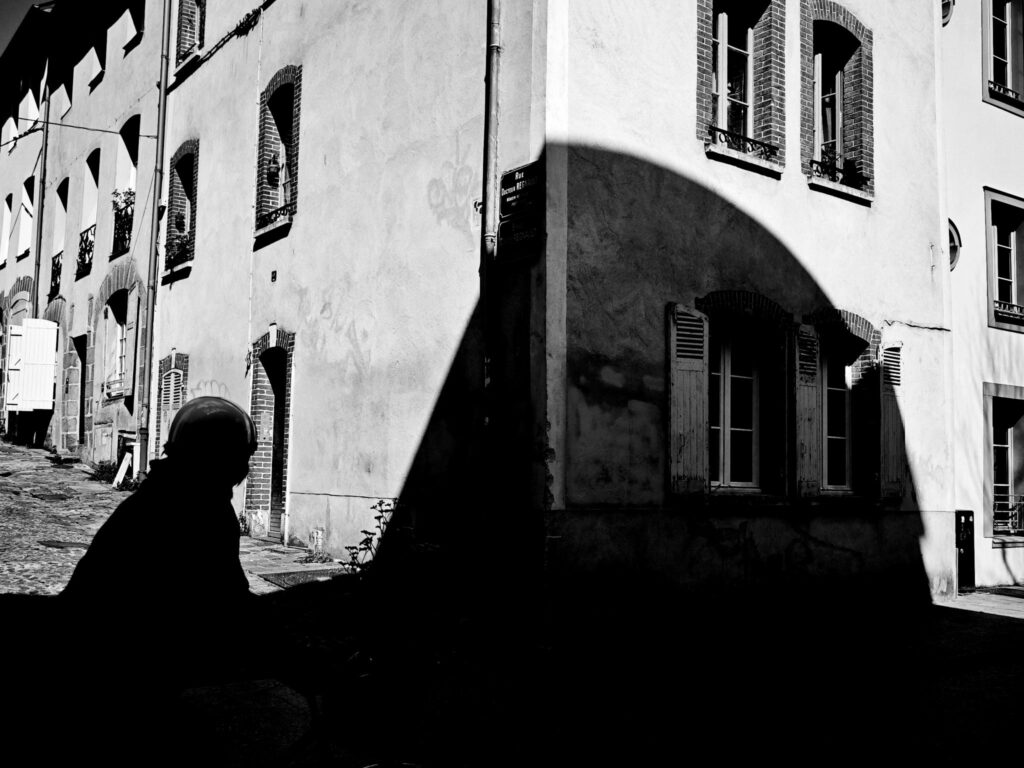
Masis was actually one of the first photographers I met in the NFT space some time back in early 2021.
Just like Fan Ho, Masis doesn’t just let shadows happen. He uses them with intention.
You can just feel a sense of mood, mystery, and storytelling locked away in the shadows of his work.
His photography reminds us that shadows are not just coincidental constructs of light. They are an active part of the composition.
If you’re interested in seeing more shadows in photography by Masis, go check out his photography collection, Shadows & Silhouettes, on OpenSea.
He also offers street photography workshops. For that, go DM him on Twitter, X, or whatever you want to call it.
How you can become the next Master of Shadows
Let’s break it down.
How can you use shadows in your photography?
How can you become the next light chaser hiding in the shadows?
How can you be the next master of light and dark, good and evil…alright, alright, I hear you banging your head on the keyboard.
Enough word play already, let’s just get into it.
1. Train Your Eye to See Shadows First
The most obvious strategy to becoming a master of shadows is to start looking for shadows. Most people go out looking for a subject and coincidentally might notice a cool shadow.
But what if you flipped that? Go out with the idea that you’re out here looking for shadows.
If you’re in the city, watch how the light falls over and behind buildings.
If you are in nature, watch how the light filters through trees and over rocks and crevices.
You need to see the world in shadows if you’re going to be a shadow master.
2. Shoot During the Right Time of Day
Not all light is created equal, and neither are the shadows.
The best shadows happen during the early morning or late afternoon hours. This is when the sun is low in the sky and casts long, dramatic stretched out shapes.
Remember when you were a kid, and you were amazed at your gargantuan shadow with the long legs. I know you know what I’m talking about.
If it’s midday or nothing, look for narrow streets where buildings slice the sunlight, creating sharp contrast.
3. Silhouettes: Let the Shadow Be the Star
“come here
stand in front of the light
stand still
so I can see your silhouette
I hope
you have got all night
’cause I’m not done looking,
no, I’m not done looking yet”― Ani DiFranco
Sometimes, details aren’t necessary. By exposing for the highlights and letting the subject fall into darkness, you create a silhouette.
This is a really powerful way to add mystery and simplicity to an image.
Ani says it’s going to take all night to study. That’s the kind of attention you want to create.
Just make sure there’s a strong separation between the shadow and the background for maximum impact.
4. Layering Shadows for Depth
Shadows aren’t just one-dimensional. Try finding a scene where multiple shadows interact with each other.
Think layers and layers of shadows.
Maybe a person walking through a space with architectural lines or tree branches casting overlapping shapes.
Different layers and more complexity and can generate more interests in your photo.
As always, don’t be afraid to experiment. Sometimes it will work, sometimes it won’t and that’s OK.
5. Shadows and Emotion: The Mood Maker
I’ve always loved black and white photography because I feel it really leans into shadows. All the emotion, drama, and mystery are there because of the shadows.
If you want a moody, introspective vibe than do what black and white photography does, lean into the shadows.
Now, I’m not saying you have to shoot black and white.
Just focus on the shadows. Let them obscure part of the subject’s face. Let half of the frame be engulfed in darkness.
In other words, let the brain try and fill in the gaps.
6. Editing: Enhancing Shadows Without Overdoing It
The Final Step in the Vision.
If you’re shooting film, contrast and tones will be influenced by your film stock and darkroom process.
But you can still take it further with digital scanning and edits in Lightroom.
Darkroom Revelation: A hidden Easter egg if you will. Did you know that the shadow in “Approaching Shadow” was actually added in the darkroom?
Yeah! It wasn’t there in the original photo. Fan Ho added it in post.
Some of you might be appalled that it wasn’t straight out camera but remember, not doing something to an image is as much an artistic decision as doing something.
So, relax.
If you’re shooting digital RAW, typically it’s not enough to just desaturate colors or do the black/white conversion as your image will lack contrast and tonal range.
Lightroom (or another editing software) gives you full control to refine contrast, tones, and mood. This is the fun part.
Now, it’s tempting to just crank up contrast and crush the blacks. But subtlety wins. You don’t want to kill all the detail in the shadows, right?
Try these Black and White Editing Tips
- Adjust individual tones in the HSL/Color/B&W panel to control how different colors translate to grayscale.
- Use the curves tool to gently deepen shadows while keeping texture
- Enhance midtones naturally by using the Color Grading tool’s luminance slider. This boosts contrast without adding color (unless you want to).
- Add a slight vignette to pull focus into the frame
Always remember the old adage. Less is more. At the end of the day, you want the natural shadows do the work.
Final Thoughts: See Shadows Differently
Start paying attention to shadows today. Photography becomes way more interesting when you’re out looking for both, shadows and light.
Shadows add another layer of storytelling. They add another dimension to composition.
So, next time you’re out shooting, don’t just look for the light, look at what’s hiding in the darkness.
You might just find your soul there.
💬 What Did This Post Make You See?
Leave a comment and share what this post made you think, feel, or notice.
If this post helped you see shadows differently, share it with another photographer!
🖼️ Before Language, After Light
Showcasing photography and artwork from other artists in the community that like to play with shadows. Support independent creators and expand your collection. → View Full Curation on OBJKT
🔴 Currently Closed for Submissions
This post’s curation is complete, but feel free to comment and connect. Your work might still inspire a future Before Language, After Light!
Support independent creators. Discover and collect below.



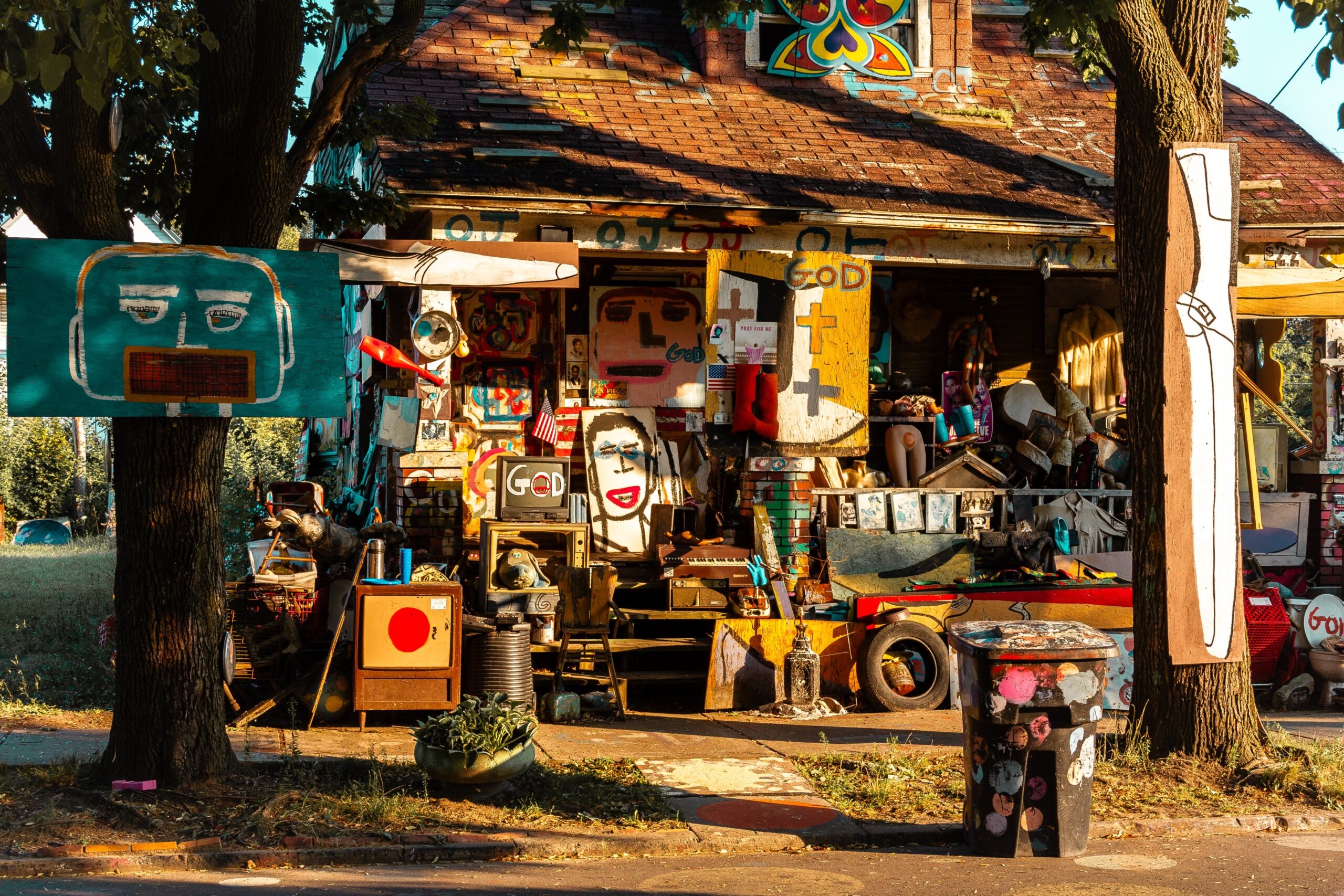
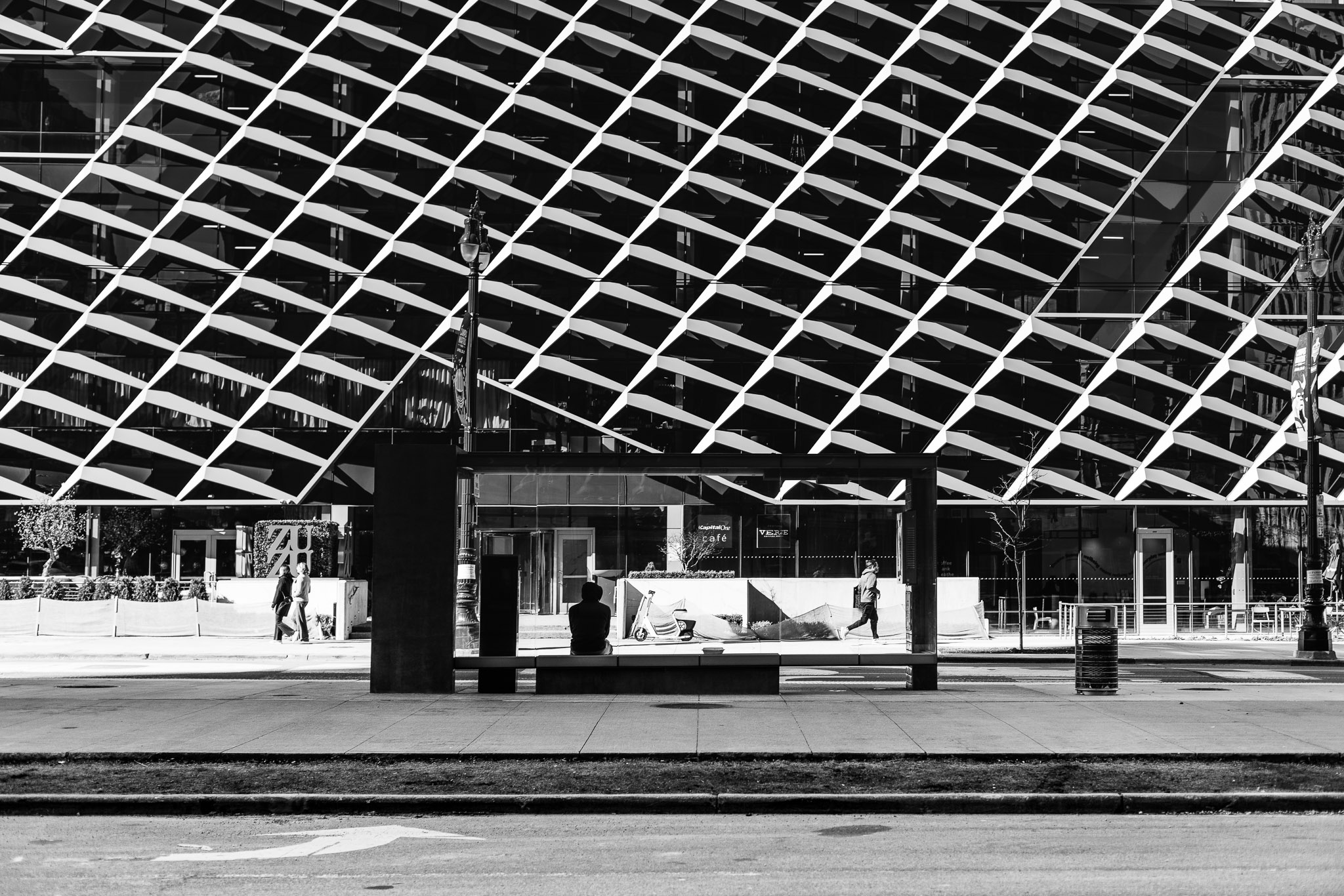

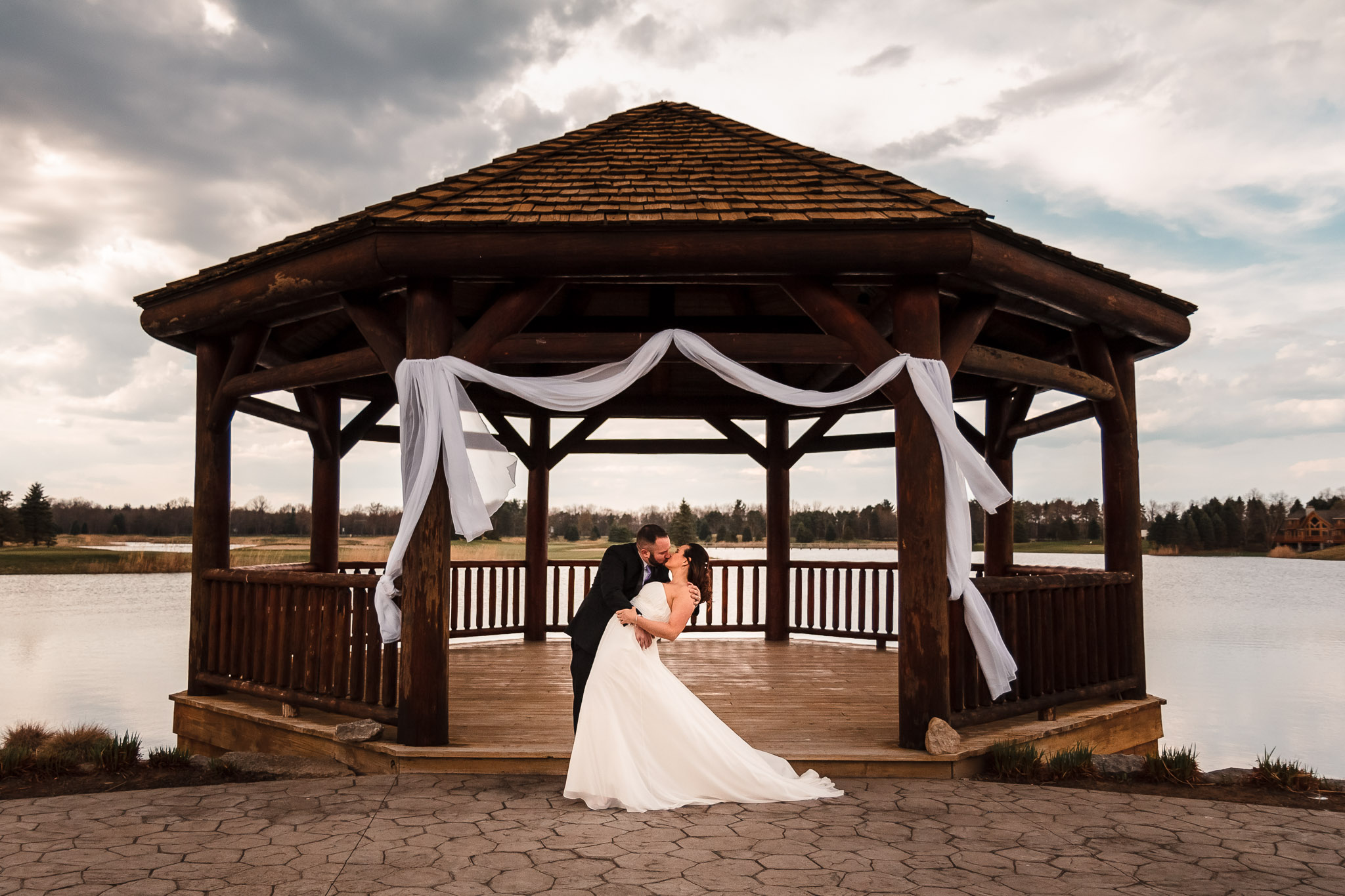
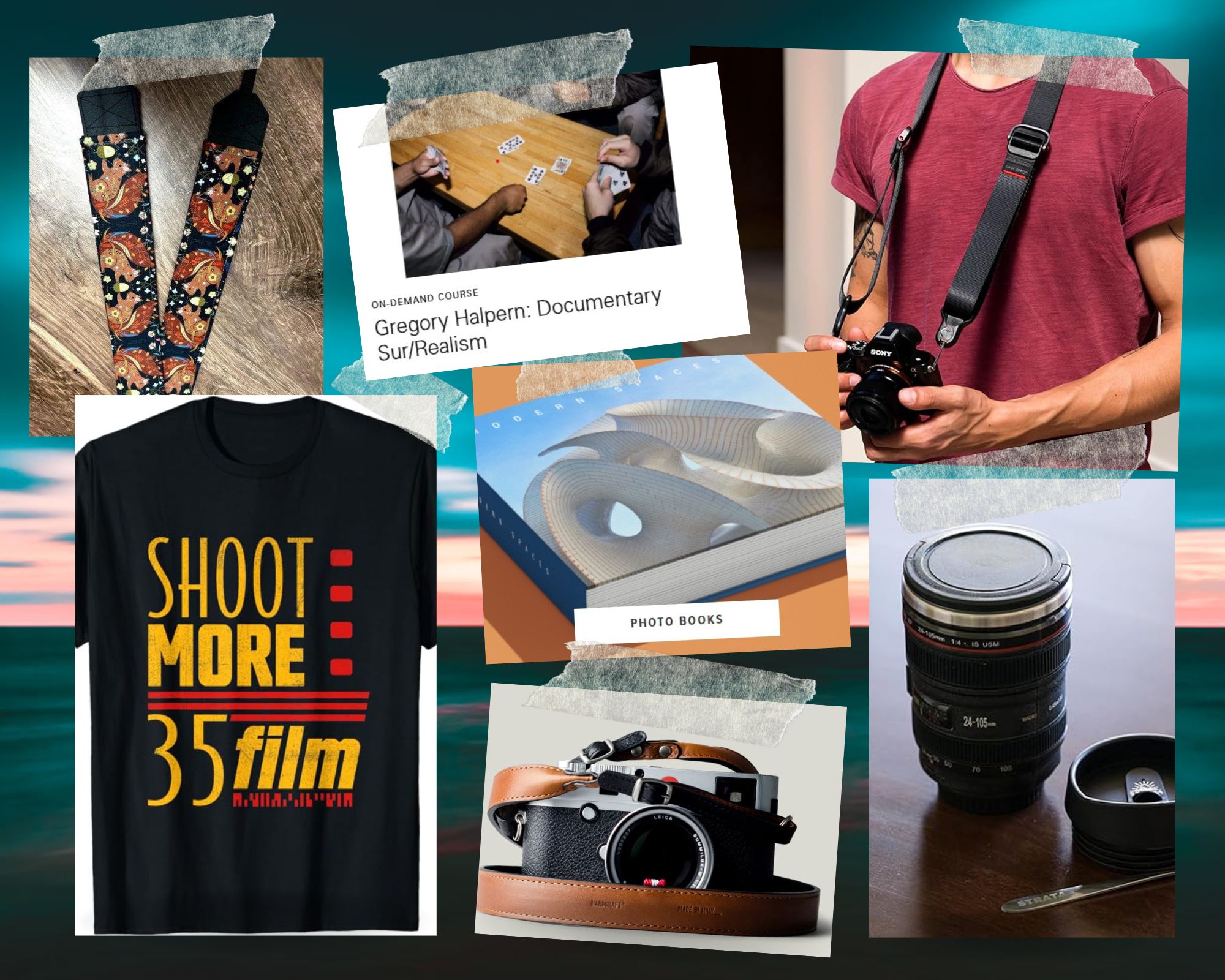
Fantastic article! I love shadows as a composition choice. I am not a professional photographer, but I am fascinated by photography. Some good friends are masters at this! Nice feature on Gül’s piece on objkt. I happen to have that edition :-)
Thanks, Fer. Gül’s piece is really great, I agree. I love that we all get to become familiar with each other’s work every day. It really makes you think about things you might not normally consider.
Like shadows! I have some in my body of work, but it’s not something I ever concentrated on. Thinking and writing about it has helped me sort of seal it into my being, and I’ll be more conscious of shadows moving forward.
Thanks for dropping by and commenting!
Fantastic article. I’m not a professional photographer, although as you know I love taking pictures 😁. All the advice you gave here is very good, I’m sure I’ll put something into practice. Thank you!!
Thanks so much for stopping by. Professional, amateur, whatever, we are all photographers on the journey if we love taking pictures.
Very well written article, shadows are such a great tool – especially brings excitement doing street photography. When you walk and walk, with no interesting shadows to be seen and then there it is, you catch a side street that has let some light filter through – great feeling and must not be passed by.
Thanks for stopping by Dan! Appreciate the comment and that is so true, sometimes you go to the spot, the one you have been thinking about, but the light just isn’t there. Then you walk some more and bam, the light and shadows.
hi
Hi Tommy, thanks for stopping by to read